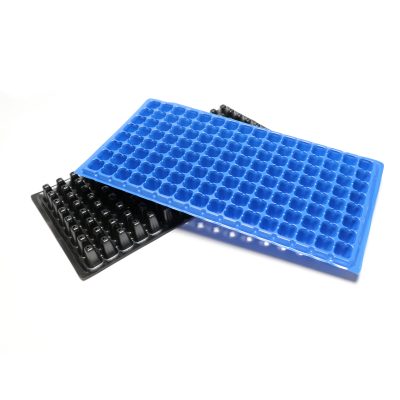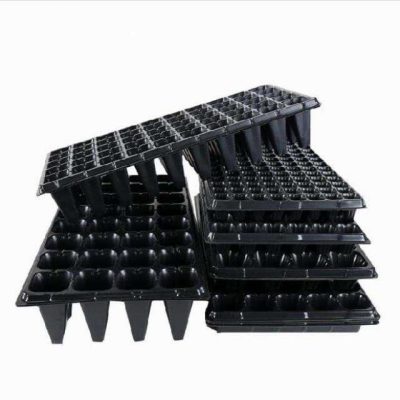On business trips or going out, I sometimes want to take my favorite flower seedlings home for cultivation. But the flowerpot is cumbersome and inconvenient to carry; It is very difficult to use flowerpots and fear that the flower seedlings will not survive. If you want to do both, you can remove the flower seedlings from the pot and omit some soil lumps, but you should pay attention not to loosen the soil lumps. Use strong absorbent straw paper or toilet paper to wrap the root tightly for several layers, then soak the paper and cover it with plastic film bags, which not only moisturizes, but also reduces the weight, making it very convenient to carry. In cars, ships and hotels, place them in the shade, and add some water to the paper when it is dry. If the journey is long, loosen the plastic bag midway, ventilate the root, and then tie it.
Flowers such as Clivia, Strelitzia, Cycas cycas, and Turtle backed Bamboo with fat and strong fleshy roots and deciduous flowers and trees in the dormant period can shake off all the pot soil, wrap the roots with wet straw paper, and put plastic bags on them to keep the roots moist. Although they are put into the pot ten days and a half months later, they will not affect their survival. Cactus or succulent plants can shake off all the soil without wrapping. It is OK to put it in a paper box. It is also OK to put it in the basin after 10~20 days.
The key to the survival rate of seedlings in the mail process is moisturizing. After washing the soil, when there is no water and nutrient supply, the seedlings can be transported for a long distance, ranging from ten days and a half months to one month. If there is no good moisturizing measures, the damage is conceivable. If wood chips or moss are used to fill around the root after wetting, the effect is not ideal. When the filler reaches the destination, it is often already dry, and the survival rate of seedlings is greatly reduced.
It is better to mix clay with water to form a thin slurry, add an appropriate amount of fresh-keeping agent prepared from auxin, fungicide and trace elements, and mix well for standby. Then take the seedlings out of the basin or the border, wash the soil, dip the roots in the mud, and gently stir them to make sure that the roots are full of slurry. After taking them out, put them in the shade to dry the water stains, wrap the roots with plastic bags, and fasten them at the root neck. Then spray some preservatives on the leaves, and finally cover the whole plant with plastic bags, tighten them, and then mail them in boxes.
The camellia seedlings treated with this method are kept in a dark wooden box at a temperature of 5~15C for one month. Not only are the leaves still bright green and full of vitality, but also new roots have grown and quickly recovered after planting.







